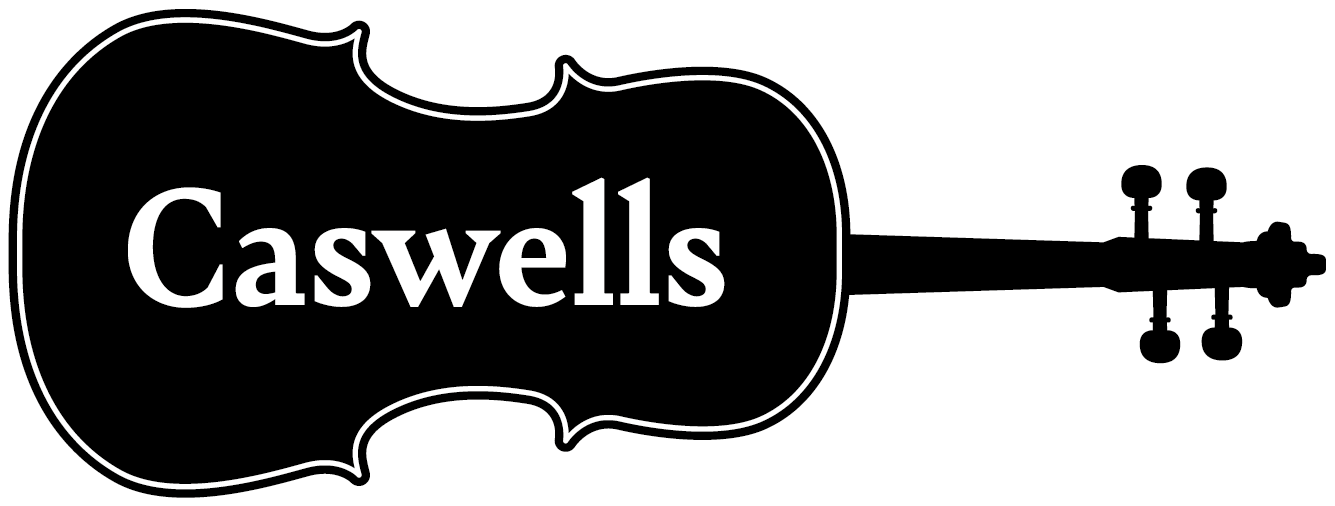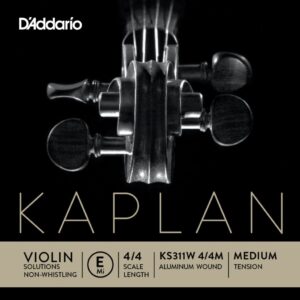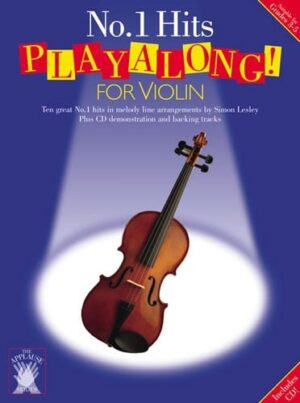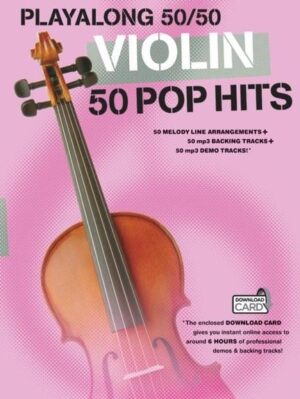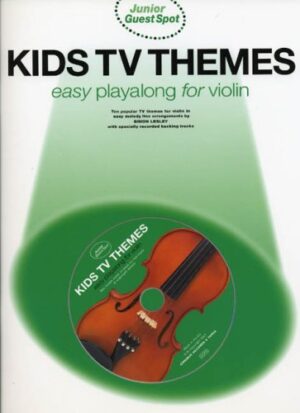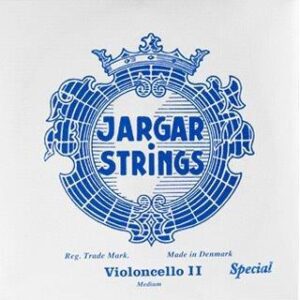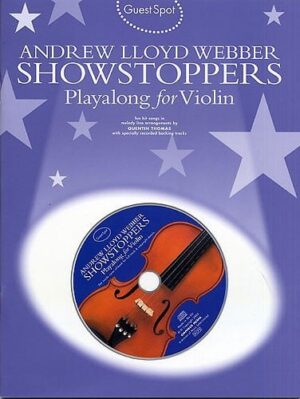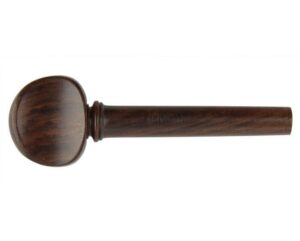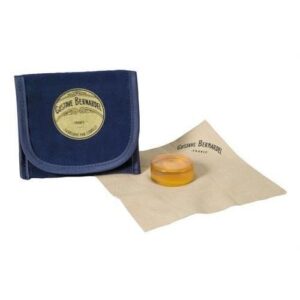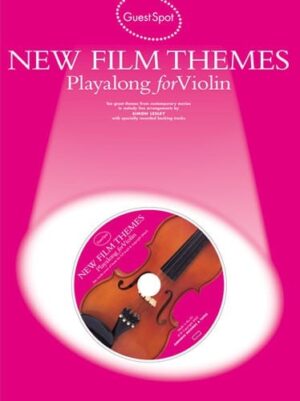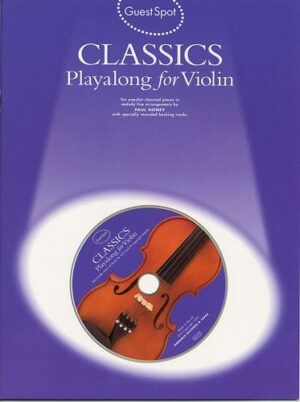Came into work this Monday and viewed the beautiful selection of Cellos comprising our ‘Cello Heaven’ …and then horror or all horrors there was a Cello with obvious signs of the dreaded woodworm! A brand-new Cello just arrived from a German workshop and with an active borer.
What is woodworm or borer beetle?
Woodworm is in fact, a tiny beetle that lays its eggs deep in exposed wood and the larvae burrow in little tunnels in the wood, usually going with the grain. If left untreated they can literally destroy an instrument. The evidence is very clear if you once see the tiny ‘flight holes.’ On this occasion, what was even more evident was the trail of white dust or ‘frass’ that was spilling from the hole – which in one sense that was a relief because the beetle had not yet emerged. This they do as an adult and, of course, the life cycle is repeated as the female lays more eggs deep in the exit hole for more larvae to start eating away at the precious Cello.
So, what to do?
Here at Caswell’s we are constantly on the qui vive to spot evidence of this little horror, and especially so as we often take in old instruments for restoration. I well remember, out in the yard, dousing an entire surface of a big double base with woodworm killer – in fact it was so badly infested that it wasn’t allowed near he shop!
On this occasion because the Cello was going back to the supplier, I simply sealed it inside a big plastic bag and removed it from the Cello room – just thankful that the little horrors won’t normally attack a properly varnished modern instrument.
But the lesson here is to be very careful when buying a Cello. Examination is critical – look for the flight hole, check for raised areas (tunnels) under the varnish, and especially be wary of old instruments which have been store in attics or cupboards. Lastly, it is said that playing is a great deterrent, so keep on practising!
If you do have any suspicion of woodworm, do act quickly. Woodworm killer solutions can be bought at Hardware stores but this is not recommended as a DIY project. Such chemicals are very poisonous and can damage the varnish on your instrument. The safest thing is to take it in to your luthier and have it thoroughly checked out, treated and restored
by Lance
